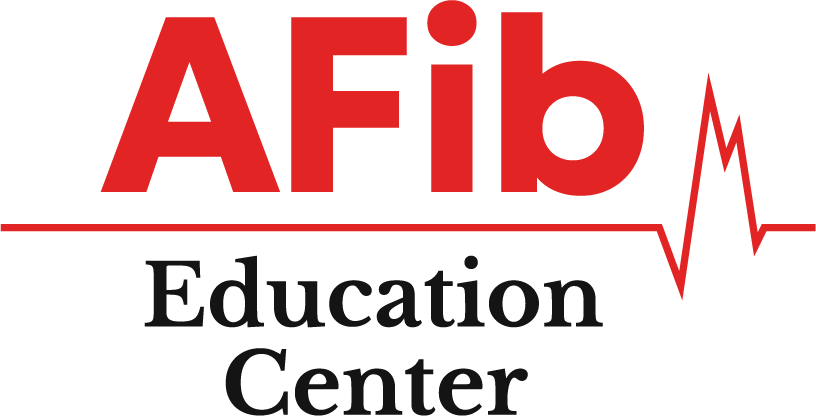Stages of Atrial Fibrillation
Atrial fibrillation (AFib) is a progressive heart rhythm disorder caused by irregular electrical signals from abnormal cells in the left atrium. These cells disrupt the heart’s normal rhythm, leading to AFib episodes that vary in severity over time.
Stages of AFib:
- Paroxysmal AFib:
- Description: Episodes start and stop on their own, lasting less than 7 days.
- Analogy: Resembles a small forest fire affecting limited areas of the left atrium.
- Frequency: Episodes occur sporadically; normal rhythm is predominant.
- Persistent AFib:
- Description: Episodes last longer than 7 days and may require intervention to terminate.
- Analogy: Similar to a medium-sized forest fire spreading across more of the left atrium.
- Frequency: Episodes become more frequent, affecting the heart rhythm for over 50% of the time.
- Longstanding Persistent AFib:
- Description: AFib is persistent for over a year, affecting the heart rhythm significantly.
- Analogy: Like a large forest fire spreading extensively throughout the left atrium.
- Frequency: Heart remains in AFib for 70-90% of the time, with difficulty returning to normal rhythm.
- Permanent AFib:
- Description: AFib is constant, and attempts to restore normal rhythm have been unsuccessful.
- Analogy: Like a forest fire that has consumed the entire forest, affecting all walls of the left atrium.
- Frequency: Heart remains in AFib 100% of the time, accepted as a chronic condition.
Key Points
- Progressive Nature: AFib starts in a specific area and spreads gradually, impacting more of the atrium.
- Stages Explained: Paroxysmal, Persistent, Longstanding Persistent, and Permanent AFib differ in duration and impact on heart rhythm.
- Treatment Impact: Treatment choices vary based on AFib stage, from medications to ablation procedures.
- Symptom Management: Symptoms worsen with AFib progression, requiring effective management strategies.
- Risk and Prevention: AFib tends to worsen if underlying conditions are not managed, emphasizing preventive measures and timely treatment.
Understanding these stages helps guide treatment decisions and management strategies, aiming to control AFib progression and enhance quality of life.
